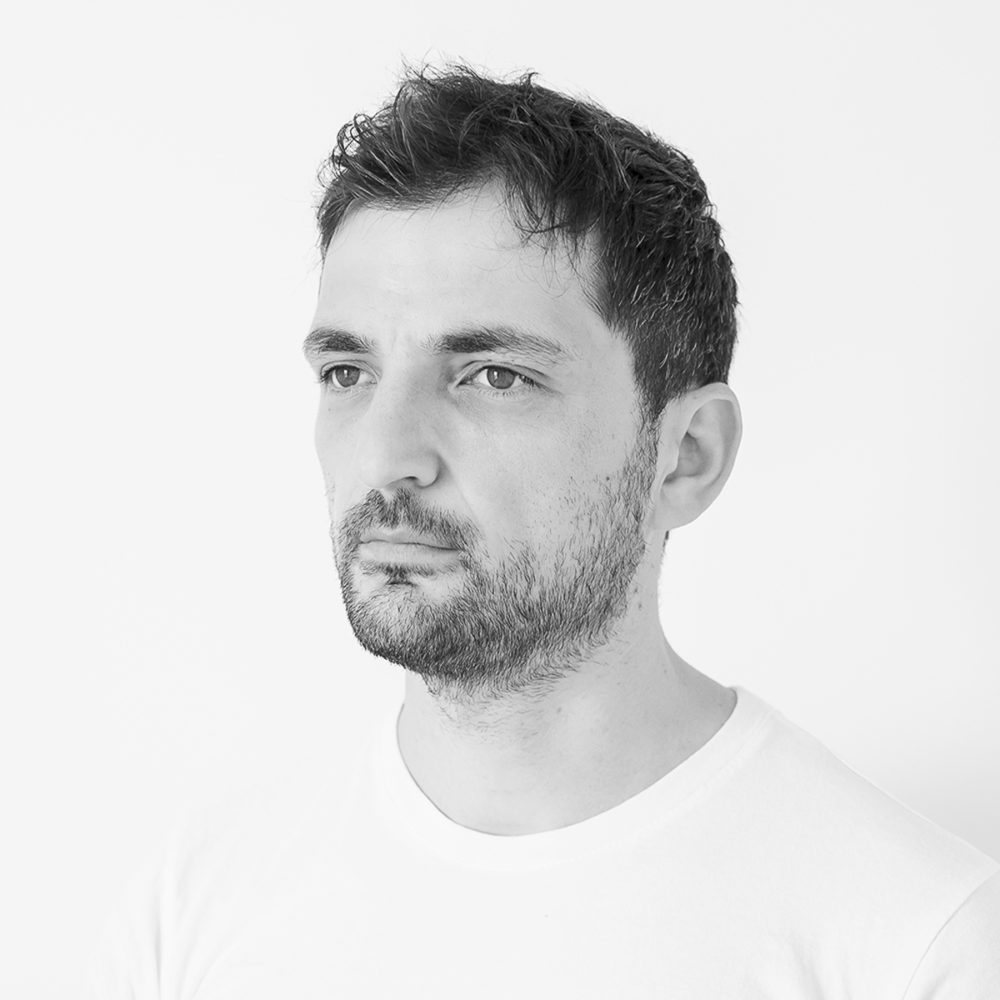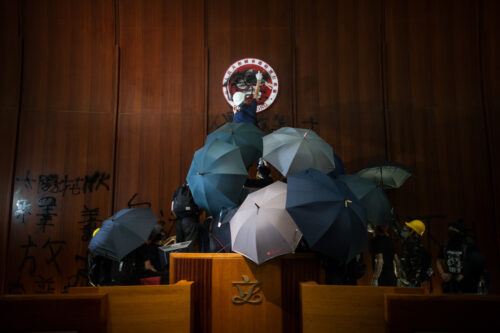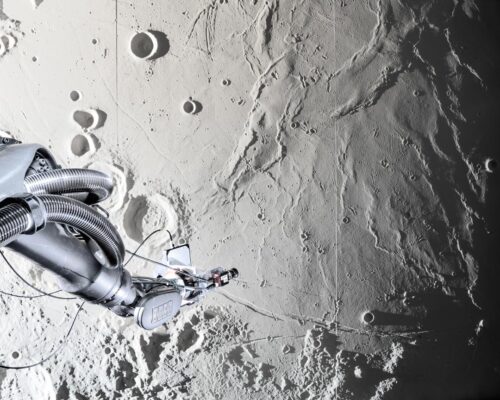Picture Series
Angelos Tzortzinis Contemporary Prisons
Night after night, people flee across the Mediterranean to Lesbos, the third-largest of the Greek islands. It is home to Moria, the world’s biggest refugee camp. Originally equipped to accommodate 3,000 people, it now houses nearly 13,000. Asylum procedures are supposed to be carried out at this former military installation. However, the authorities have been overwhelmed by the rush of applicants. The refugees, most of whom come from Syria, Afghanistan and Iraq, get stuck in the overcrowded camp for years, exposed to cold, rain and disease for months on end. There are shortages of food and, often, of potable water. Despair, dirt and crime are part of everyday life here. The helpers have exhausted their resources. Greek photographer Angelos Tzortzinis shows the hopelessness of people in a place where they had hoped to find a better life. And every night, the boats still come, bearing passengers who will remain in Moria because no one wants them in Europe.
- Escape
- Greece

*1984 in Aigaleo, Greece
From 2005 until 2007, Angelos Tzortzinis studied Photography at the Leica Academy of Creative Photography in Athens; since then, he has worked as a freelancer for AFP, TIME Magazine, Le Monde, National Geographic and other publications. In 2015 he was not only distinguished by TIME Magazine as Best Wire Photographer, he won several prizes as well. After 2012 and 2018, 2020 will be the third time his works appear at the Lumix Festival. www.angelos-tzortzinis.com













